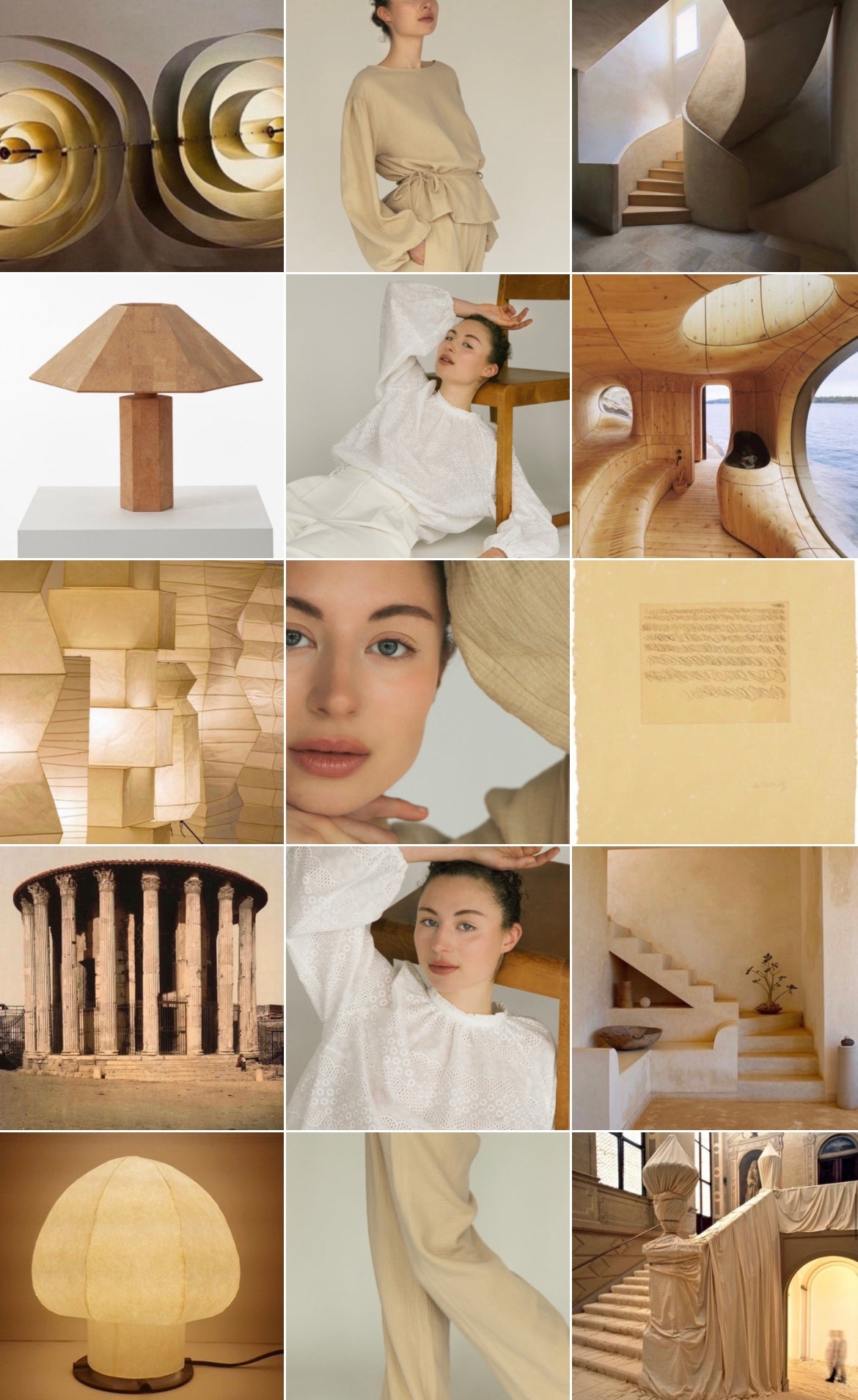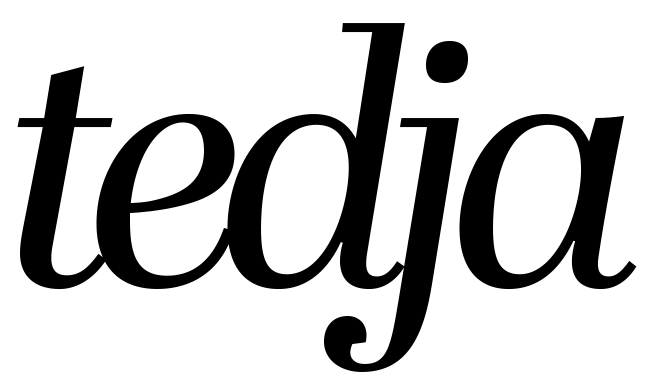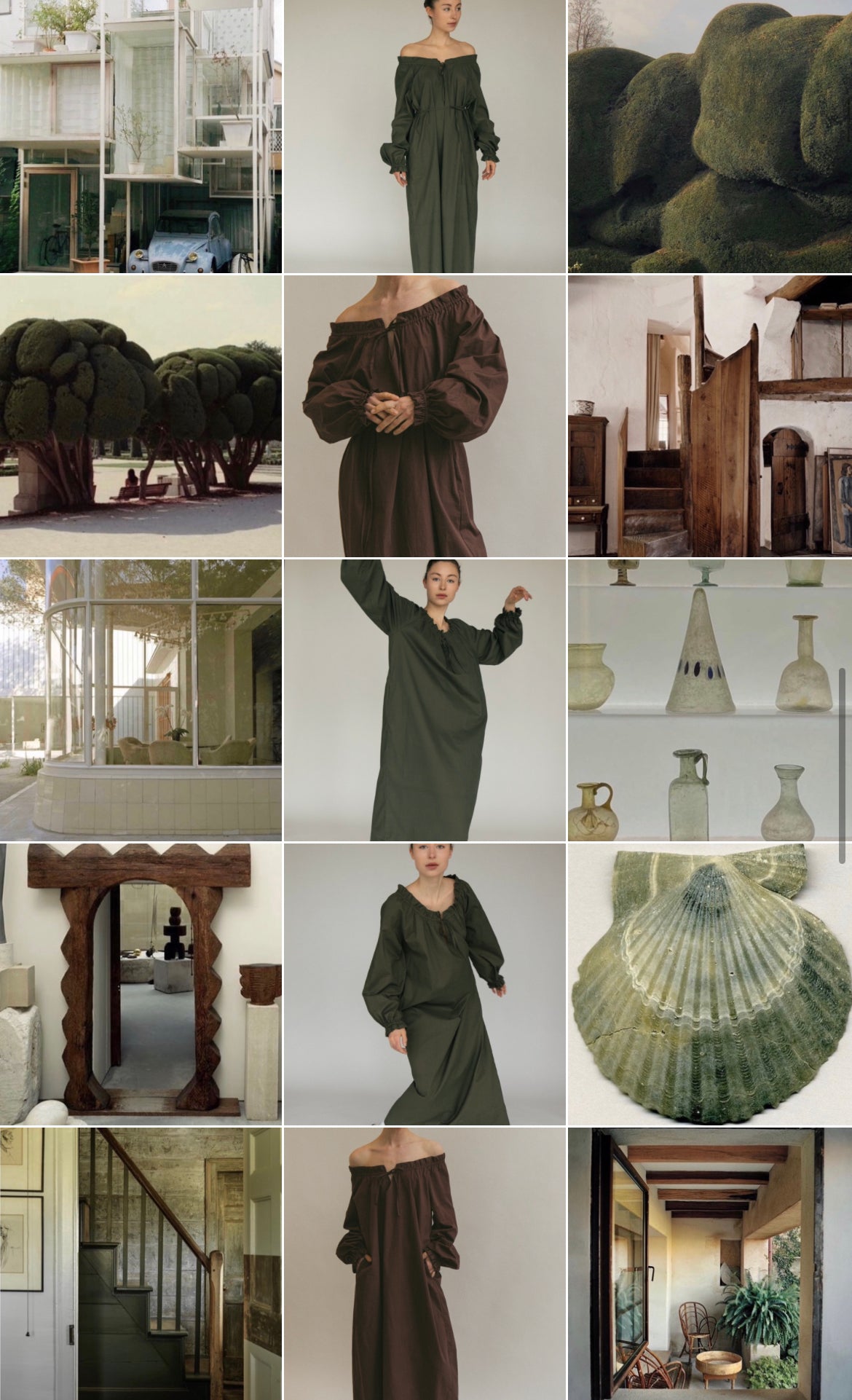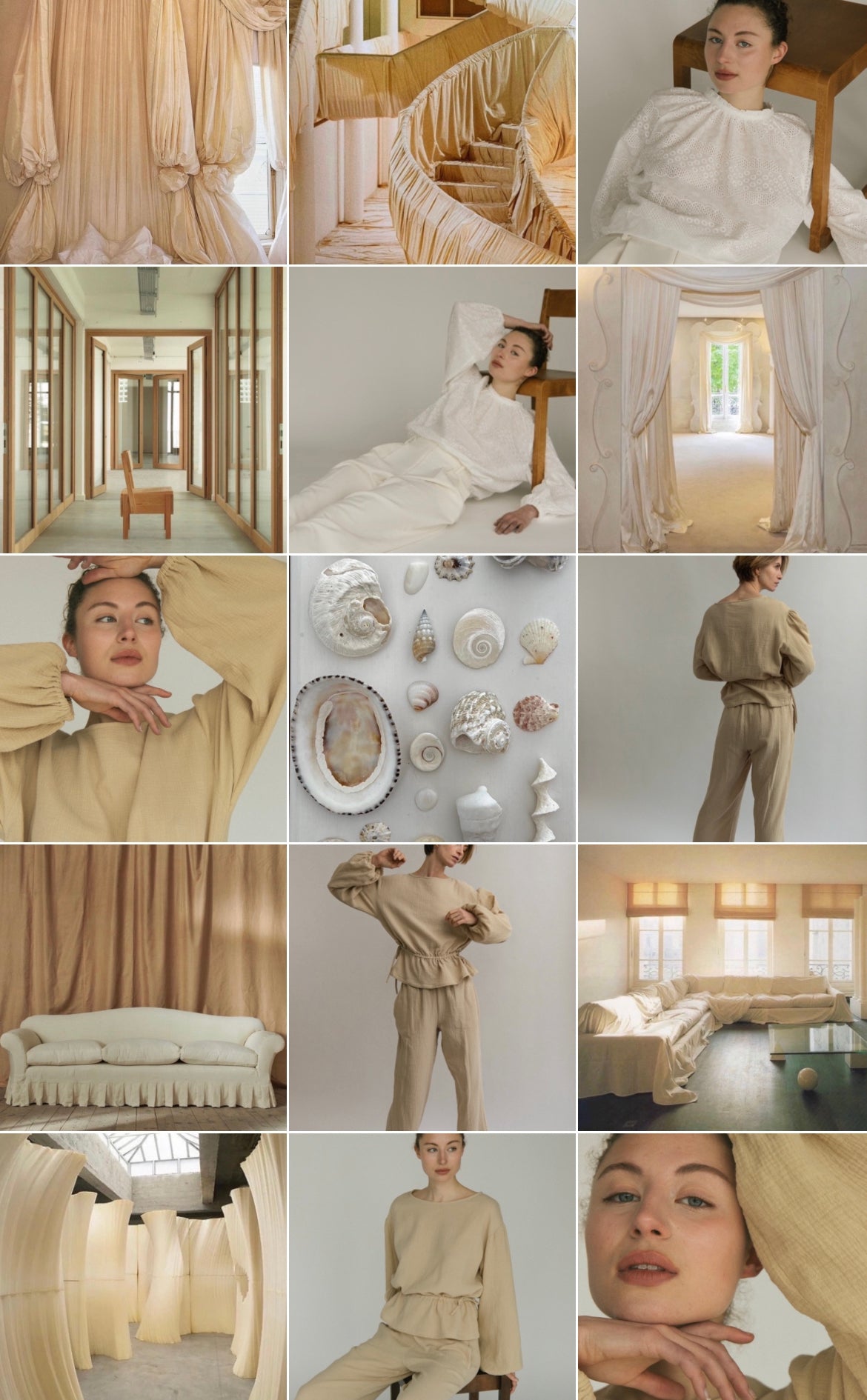
8.23
Ingo Maurer Hexagonal cork lamp
Ingo Maurer’s company Design M is based in Munich and has been designing intriguing lighting for over 40 years. Ingo Maurer’s output is distinctive in form and concept. His desire to innovate with material, process and aesthetic has lead to some highly eccentric works.
Wilhelm Zanoth and Maurer designed this large table lamp in 1974. The lamp’s base and shade are made from thin slices of cork sheet veneer. The lamps simple geometric forms, natural facade and unusually large size have made it a favourite of ours, as such it is only available for hire at this time.
via Beton Brut
Estudio Caruncho
By Fernando Caruncho, Madrid, 2002.
Grotto
By Partisans Architects. Located within the Georgian Bay, the site is a prehistoric large-scale rock formation. Contemplated research was conducted, and through the process a Grotto was set as an inspiration that would inform the design. Grottos, historically, have been known as natural or artificial caves that are embedded deep behind the curvature of streams, and thus discovered by those who would take the time to explore.
The selected concept for the Grotto prescribed a solid, simple presence on the exterior, while the interior followed dynamic air movements in curvature forms; requiring design solutions. As a result we proceeded to experiment further with the materials, and selected wood, due to its specific properties, as the primary medium.
As a free-standing sauna, the Grotto uses two high performance ovens that ensure efficiency and control. There are vents and fans in-place that allow the building to breathe seasonally and prevent rot or mold in the structure. The rest of the systems were based on controlled air flow. We used insulation on the building to not only protect its components from heating up or cooling down too quickly, but also to make the Grotto more energy efficient. - words by Partisans Architecture
Cy Twombly
Cy Twombly (1928–2011) developed a gestural vocabulary in which each line and color is infused with energy, spirituality, and meaning. Emerging as a prominent figure in the mid-1950s following extensive travels throughout Europe and North Africa, he produced works that are simultaneously personal and mythological, allowing narrative, language, and inner visions to erupt from his intimate, abstract notations.

Temple de Vesta
Containing the sacred fire and the Palladium, an effigy of Athena (Minerva) believed to have been brought by Aeneas from Troy, this ancient temple was built in imitation of a primitive round hut, its hearth fire symbolizing the perpetuity of the Roman State. It was not a true temple in that its space was not inaugurated, nor did it contain an image of Vesta, the goddess of the household hearth.
As the handmaidens of Vesta, the principal duty of the six Vestals was never to allow the flame to be extinguished, an arduous task in a building with a vent in the roof. There also was danger that the temple, itself, might catch fire, which it sometimes did. It was destroyed in the fire of Nero in AD 64, which reached this point in the Forum. The last time it burned, in AD 191, the temple was restored by Julia Domna, the wife of Septimius Severus.
Latham House
By Urko Sanchez Architects in Mombasa, Kenya.
Christo & Jeanne-Claude
Christo and Jeanne-Claude. Palazzo Bricherasio 1998. Wrapped floors and stairway and covered windows.
Christo arrived in Paris in March 1958, after periods in Vienna and Geneva. It is not surprising that despite his lack of language skills, he quickly settled down in the city. After all, Paris was still at the centre of the international art scene at that time, even though New York was increasingly outstripping it. In Paris (and on several trips to Germany) Christo also met the protagonists of the European and American avantgarde, including Karlheinz Stockhausen, John Cage, Joseph Beuys, and Nam June Paik. Under the influence of a progressive art scene that was busily exploding all conventions, Christo began to "appropriate" everyday objects, to deprive them of their function, and, by putting them under wraps, to preserve them permanently for posterity. Even if the first works had been created as random artistic experiments, Christo soon realized that this was the beginning of an artistic career in which the transformation of everyday objects and places would become the central theme. His approach was direct, immediate, radical. - words by christojeanneclaude.net










